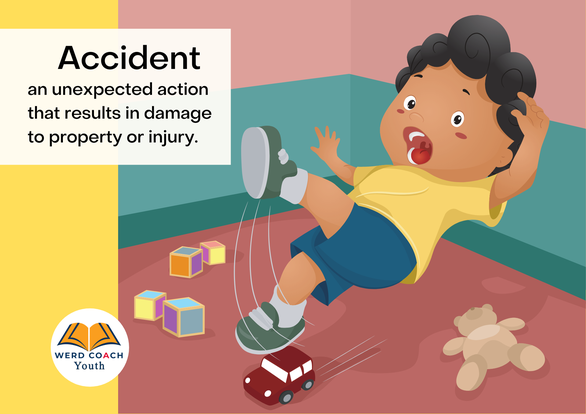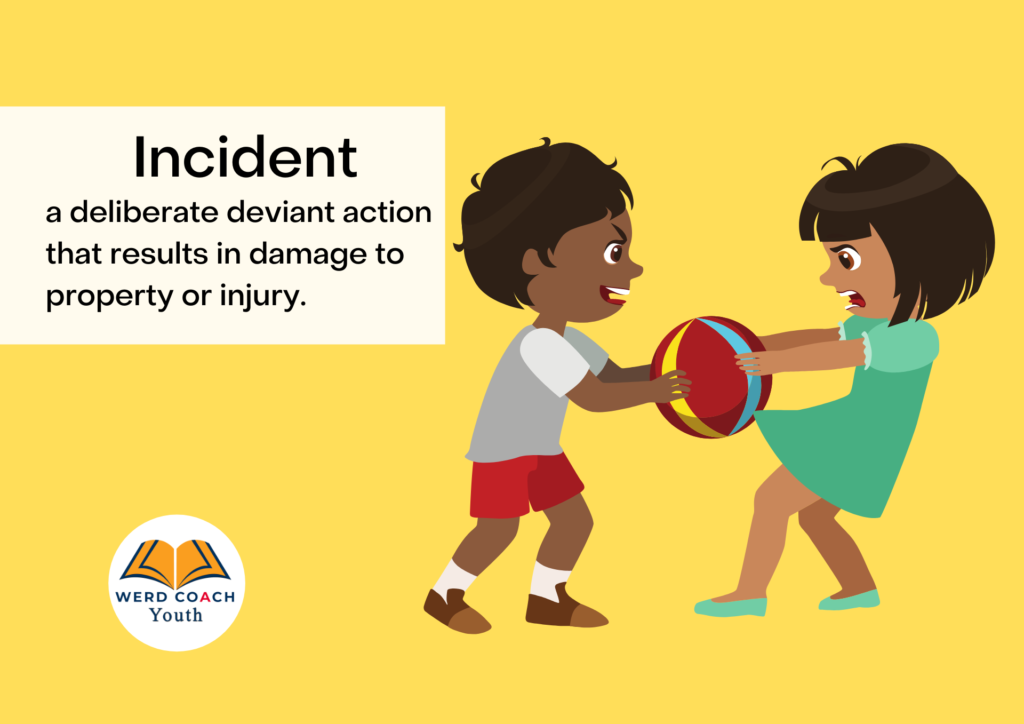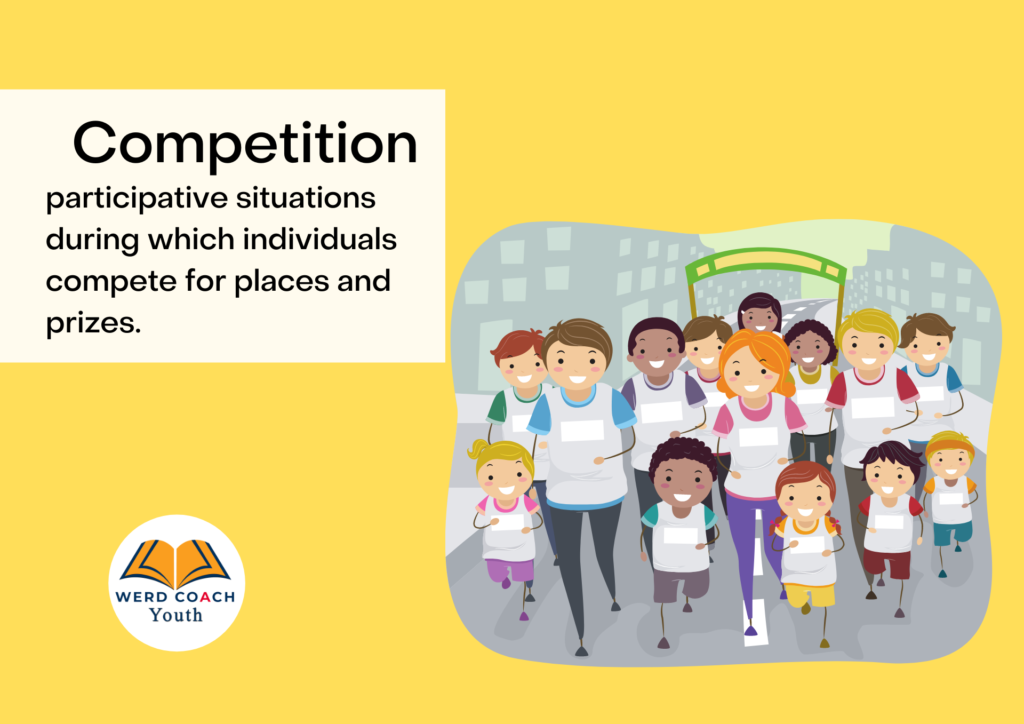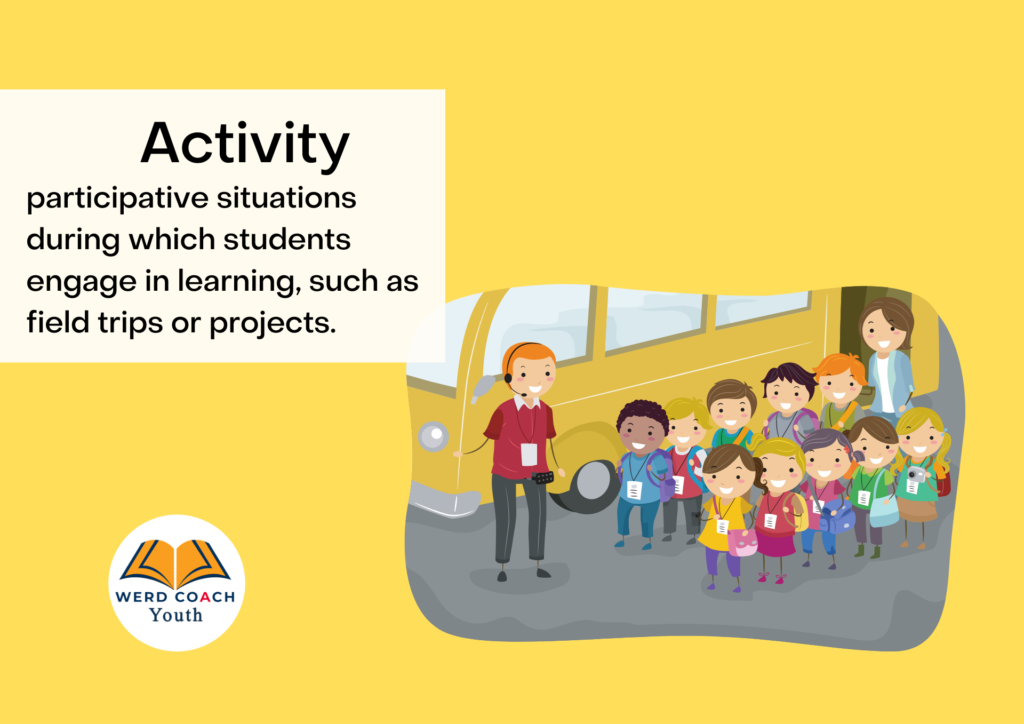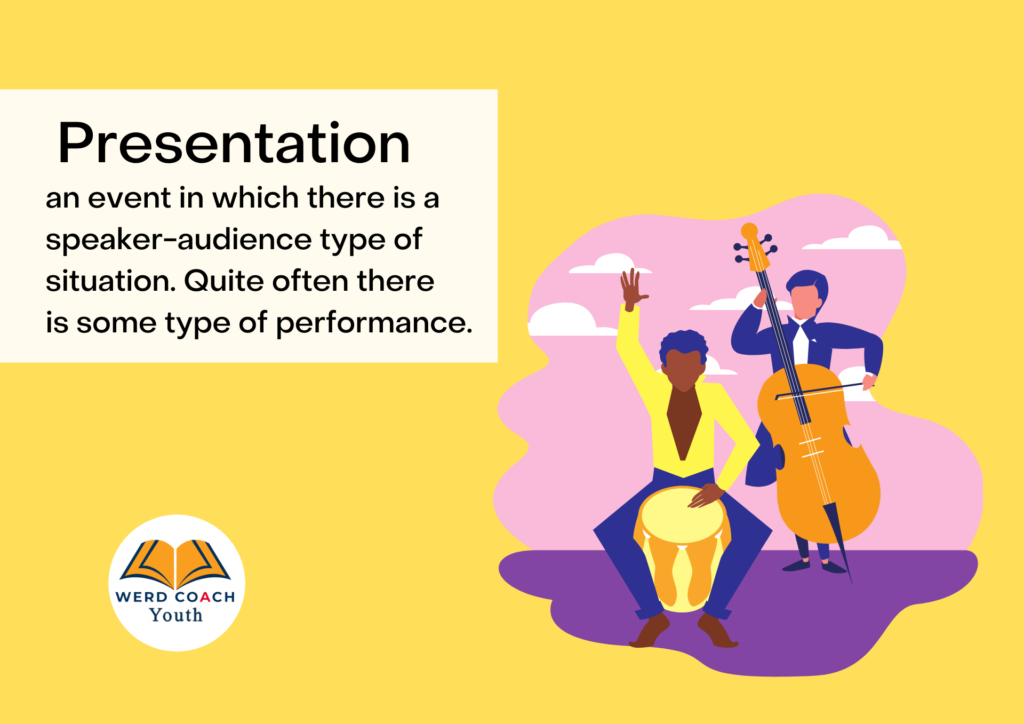Getting young writers to plan their report writing is often quite a challenge. In fact, truth be told, the idea of creating a plan before you write is somewhat of a debate in the writing community. Some writers prefer to write first and organize later. However, this is not the best approach for young writers as it is time consuming. In an exam situation, there is limited time which must be used wisely.
The challenge with planning reports, however, is that many young writers plan only the details that go into the first paragraph, the introduction. As such, by the time they reach the second paragraph they’re already stuck. See below for a quick-plan checklist that will help young writers plan more details in their report. The trick with using this checklist is to write phrases next to each hint. Young writers should only write enough information to guide themselves and resist the urge to write out the whole report during the planning phase.
QUICK PLAN CHECKLIST
Who – List the participants in the situation by name
What – State what happened briefly
Where – Identify the location, both immediate and general (classroom and school, for example)
When – Give the date (Day, date, month, year)
Before – Explain what led up to the situation in point form (two or three points is enough)
During – Show main actions during situation in point form (two or three points is enough)
After – Say what happened immediately after in point form, how participants reacted (two or three points is enough
Outcome – State consequences, outcomes, or punishments (one or two is enough)
Get your young writer practicing with this checklist by using a variety of prompts from each type of report. Be sure to time each planning session. Your aim is to have your young writer complete an effective plan within 10 minutes. Don’t worry if in the beginning it takes long, just keep practicing with your young writer and they will become more familiar with the different types of reports, report plans, and organizing their thinking. If the plan takes less than 10 minutes, the rest of the time will be well spent writing.
#CreativeWritingforPrimary#ReportWritingSkills#BetterWriters



